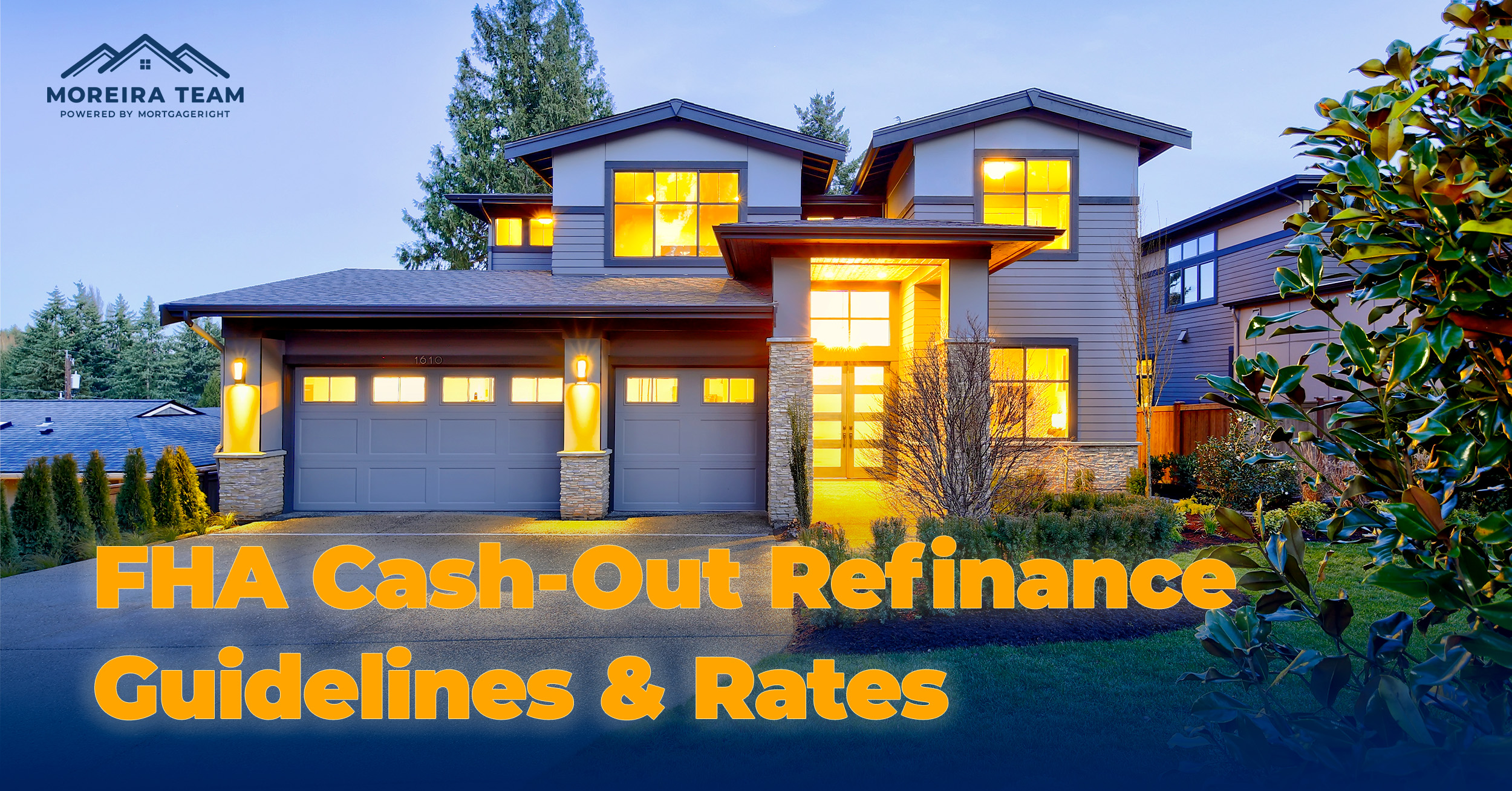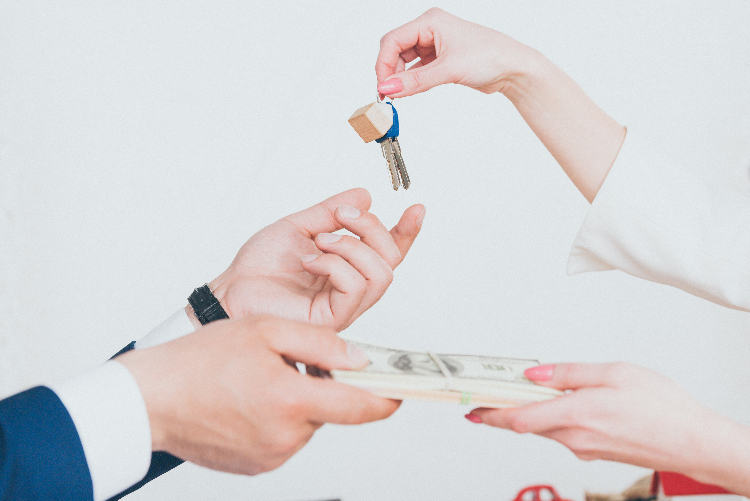
In this article
If you’re planning to refinance your current mortgage, it’s important to learn about FHA cash-out refinance guidelines. They’ll help you determine whether you qualify for the loan. You’ll also learn about the maximum loan-to-value (LTV) ratio, Costs, and Prequalification. Ultimately, you’ll know whether you qualify for a cash-out refinance loan and how much you can expect to pay each month.
Maximum loan-to-value (LTV) ratio
Currently, the maximum loan-to-value (LTV) for an FHA cash-out refinance is 80%. To calculate this percentage, you must divide the loan amount by the property’s value. If the property is still mortgaged, you must have made at least six months of payments before refinancing it. However, if you have cleared your mortgage, you can refinance your home using an 80% loan-to-value ratio.
As of 2022, the maximum LTV ratio for an FHA cash-out refinance is 85%. This limit is higher than the conventional loan guidelines for multi-unit properties, which are 80%. It is important to note that an 80% LTV ratio is still higher than the standard for an 85% LTV loan, so this LTV ratio can be considered a good option for refinancing an FHA-backed mortgage.
While FHA cash-out refinance rates are lower than conventional loans, you will still need to pay mortgage insurance on the loan. This insurance will cost you 0.8% of the loan amount each month, which works out to $67 for every $100,000 borrowed. If you have a substantial amount of equity in your home, a conventional cash-out refinance is the better option. However, you must remember that you must have substantial home equity before you apply for a cash-out refinance.
In order to qualify for an FHA cash-out refinance, your home must be your primary residence. If you are new to the property, you should wait a few months before you apply. If you have lived in the property for 12 months or more, you should be in good standing with the mortgage. In addition, you must make at least 12 payments on time. The amount of cash you can borrow depends on several factors. If you’re a first-time homebuyer, you should consider refinancing the property in a few years.
For an FHA cash-out refinance, the maximum LTV ratio is 80% of the property’s value. This ratio is a bit higher than the conventional loan-to-value (LTV) ratio of 80%. In addition, you’ll have to pay an appraisal fee, which may offset the benefits of taking out a cash-out refinance.

Applicant Eligibility for an FHA Cash-Out Refinance
If you are considering applying for a cash-out refinance, it is a good idea to know the FHA cash-out refinance guidelines before you apply. You must be an owner-occupied property, and you must not have missed any payments in the past 12 months. The maximum loan-to-value ratio for a cash-out refinance is 80%. You can cash out as much as 20% of your equity, though you must keep your debt-to-income ratio below 43%. Obtaining a cash-out mortgage is easy, but it requires a credit report and a home appraisal.
To apply for a cash-out refinance, you must first calculate the value of your home, as well as your equity, before you can apply. In most cases, the lender will require at least 20% equity in your home, so a higher percentage means a lower rate. However, if your home is less than 20% equity, you might be able to get a lower cash-out refinance rate.
You can also check out the minimum credit score required to apply for an FHA cash-out refinance. The minimum score for this type of refinance is usually 580, though most FHA insured lenders set this minimum at 600 or 620. Cash-out refinances are generally more stringent than a mortgage on a new home, and you must have made 12 payments on time. You can get an idea of how much money you can cash out of the loan by talking to your loan officer.
There are also several advantages to an FHA cash-out refinance. These loans are much more affordable compared to other types of refinance, such as conventional or FHA. Conventional loans are cheaper, and don’t require mortgage insurance upfront. This makes them a good option for those with less-than-perfect credit. This refinance is also safer if you have significant equity in your home.
You must consider the costs of getting an FHA cash-out refinance. While a 4.375 percent interest rate sounds like a good deal, the cost of the loan could be higher than that. For example, if you need to pay an appraisal fee, you may end up paying more than five percent for your refinance loan. You should also know that FHA cash-out refinance loans have a maximum loan-to-value ratio of 80%, so you can only borrow up to 80 percent of the home’s appraisal value. The first 20% of home equity is inaccessible.
Costs
If you’re considering an FHA cash-out refinance in the year 2022, you’ll want to know how much it will cost you. FHA cash-out refinances are generally very affordable, but they do come with some downsides. One of those disadvantages is the upfront mortgage insurance premium, which can add up to nearly three percent of the loan amount. Fortunately, you can avoid this upfront cost by applying for an FHA cash-out refinance before it is too late.
Another disadvantage of an FHA cash-out refinance is the higher interest rate. Although the interest rate may be lower, it could result in you losing your home if you default. This is not the case with an unsecured loan. A cash-out refinance can be a good option for homeowners who are unsure of their credit history or don’t have enough equity in their home. In addition, an FHA loan will require mortgage insurance, which will cost about $1,750 upfront and $67 per month for each $100,000 you borrow. The good news is that there are fewer fees than for a conventional loan, but you will probably pay a higher interest rate.
The downside to an FHA cash-out refinance in the year 2022 is that the loan size is limited. The maximum you can borrow through an FHA loan is up to $417,500. However, you’ll still need to have 20% equity in your home. Another downside is the upfront mortgage insurance premiums, which are quite high. If you lose your income and cannot make the payments, you could be in trouble and end up foreclosed on.
If you’re considering an FHA cash-out refinance in the year 2022, be prepared to pay mortgage insurance. These costs are typically 1.75% of the loan amount, and can add up quickly. However, FHA cash-out refinance rates are generally cheaper than conventional loans, so it may be worth taking on the mortgage insurance for a little extra cash or a lower interest rate.
Prequalification
For prequalification, you must have owned your home for a minimum of 12 months. The property must also have at least six months’ worth of mortgage payments. Additionally, you must have at least 85% LTV, but most people do not have that much equity to qualify for this kind of loan. Also, you must have at least six months’ worth of mortgage payments, so you can’t withdraw the money quickly. However, be aware that FHA lenders have their own set of rules. Some of them have no seasoning requirements, while others have their own stricter guidelines based on the type of transaction you’re conducting. However, these guidelines generally mirror those of Fannie Mae.
Mortgage insurance is required by FHA borrowers and will vary based on your loan-to-value ratio and the amount of down payment you can make. The premium can range from 0.45% to 1.05% of the base loan amount. You’ll be able to qualify for lower rates on your mortgage if you have a higher credit score and a lower debt-to-income ratio.
In order to qualify for an FHA cash-out refinance, you must have a good credit score, have a low debt-to-income ratio, and have at least 15% equity in your home. While you may be eligible for an FHA cash-out refinance, it may not be the best option for you. It’s best to compare other refinancing options to ensure that you’re getting the best deal. If you don’t have enough equity in your home, you may be able to secure a better deal by refinancing into a conventional loan.
Mortgage rates and FHA cash-out refinance are the two main types of refinancing loans offered by the Federal Housing Administration (FHA). The FHA cash-out refinance allows homeowners to take out a bigger mortgage loan than they currently have. The difference between the existing loan and the new loan is the amount the homeowner cashes out at closing. FHA cash-out refinances are generally more flexible than traditional cash-out refinances, since there is no need to already have an existing FHA loan. The new FHA loan has looser credit requirements and is more flexible than the traditional loan.

